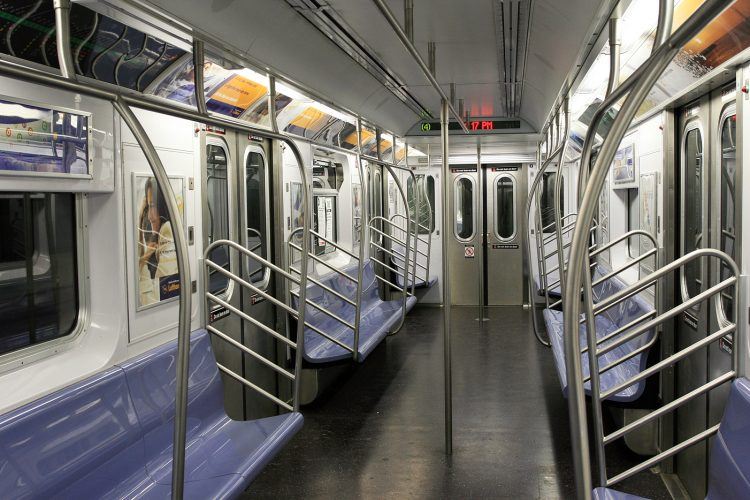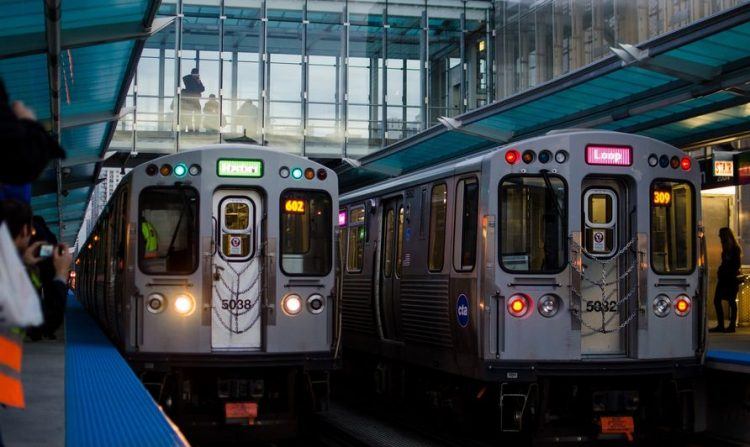
In a 2016 study conducted by the Texas A&M Transportation Institute, the average daily auto commuter spends 42 hours of their life per year sitting in traffic. The cost of these delays results in $960 lost per driver. In larger cities around the United States, that number is even uglier. Drivers who live in the 15 largest metropolitans areas of the United States spend an average of 63 hours per year stuck in traffic during their daily commute. This equates to $1,433 per person with regards to gas, wear and tear on their car and lost time.
Of course nobody enjoys sitting in traffic so it is a reasonable assumption that if these drivers were presented with a better alternative, they would take it. Of course that alternative is mass transit which includes commuter trains, street cars, subways, buses and light rails. In an ideal situation, mass transit is more efficient, cheaper, less stressful and as reliable as driving. Unfortunately, the United States is a car-reliant country so most cities fall short of that ideal. There are several cities that have excellent public transportation systems.
The following is a list of the five U.S. cities ranked highest in mass transit.
Washington, D.C.

The Washington Metropolitan Area Transit Authority is he governing body in the D.C.-area that manages mass transit, typically relying on underground subways and buses. Known as the Metro, the subway system is responsible for over 200 million trips per year making it the second largest system in the United States by ridership. Add in the 130 million bus trips per year and the system is massive compared to most other cities.
However, the size of the system is not what makes it the best in the United States. The average commuter in the metro area spends 36 minutes traveling to work which is 10 minutes below the average of the top 136 cities in the country. Also, it is 8.6 minutes slower than the average driving commute in the area, the smallest different amongst cities with a major percentage that relies on public transportation. The only drawback is the cost. D.C. is near the top of the list with highest fares as the average monthly pass costs more than $230.
San Francisco, California

Home to the most the historic cable cars that’s operate up and down the steep hills in the area, one of the United States’ most recognizable mass transit icon, San Francisco’s transit system primarily consists of commuter trains and buses. Only 3 of the original 23 cable car lines remain in operation with the majority of users being tourists. Bay Area Rapid Transit (BART) transports riders between nearby cities including Berkeley and Oakland. Within the city limits is Muni, San Francisco’s Municipal Railway which moves more than 220 million passengers per year.
Boston, Massachusetts

The Massachusetts Bay Transportation Authority (MBTA) is responsible for all mass transit in the Boston Metropolitan Area. The primary modes of transportation in the city are the ‘T’, which is the subway system that consist of five lines and a network of bus routes. Each year, the system accommodates over 390 million passengers. 34-percent of commuters living in Boston utilize mass transit as their primary commuting option which is the fifth highest in the United States.
Chicago, Illinois

Established in 1892, Chicago’s mass transit system is one of the oldest in the United States. The system began with the South Side Rapid Transit and has expanded tremendously since. Today, the ‘L’ or elevated trains are part of the third-largest city rail system in the United States by transporting 800,000 people on an average weekday to various points around the city.
The standard commuter spends 43.6 minutes getting to and from work on a daily basis. This is 10 minutes more than the average car commuter in Chicagoland. This statistic is the seventh-lowest different of the top 136 cities in the United States. At a cost of only $100 per month, mass transit passes are less expensive than in other top transportation cities such as New York and D.C.
New York, New York

Rounding out the top five is of no surprise. Based on the large size, New York City has one of the top public transportation systems in the United States. With a subway ridership of over 1.7 billion people in 2014, the Metropolitan Transportation Authority (MTA) moves the largest number of passengers than any other city on this list. When including buses into the mix, the total ridership considerably increases to 2.5 billion.
Of course size is not everything. The average commute time for New Yorkers is 48 minutes which ranks 81st out of the 136 largest cities. While drivers in the New York Metropolitan Area do not have an easy commute, mass transit users have it even worse due to an average commuter that is 48-percent longer than those with cars.
While all of the cities on this list do help improve the stress level for commuters headed to work, when compared to other global cities, most United States cities do not compare. The information above points to the fact that northeastern cities have much more developed mass transit systems. With three of the five cities on the list being located in the northeast, it is definitely the region with the best systems.
Overall, statistics show that mass transit is gaining steam with the number of transit users rising by 9-percent from 2011 to the present. In major southern and western cities such as Dallas, Denver, San Jose and Seattle, mass transit use increased by over 20-percent. However, the south is still lacking behind most other cities in the United States. Houston is the only southern city that is considered to be a top 25 system. In other major southern cities including, Atlanta and Charlotte, the transit commute length is double the driving commute length making it less appealing to use mass transit. There are many areas of the country that need improvements on their mass transit systems, especially in the south. They should look at and implement similar systems in-place as the aforementioned five cities.
Sources:
http://www.treehugger.com/public-transportation/which-american-city-has-best-public-transportation.html
http://www.forbes.com/pictures/mdg45ejkh/friendship-village-md/
https://smartasset.com/mortgage/best-cities-for-public-transportation


Comments
Loading…